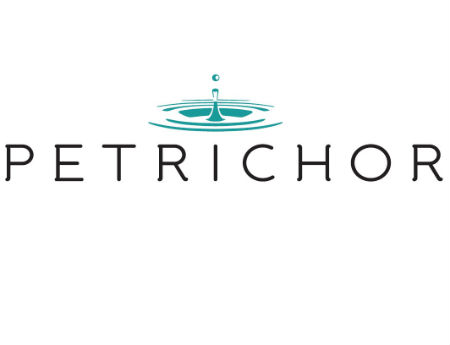Former Time Warner Cable, Arris Execs Lead Petrichor Networks

Petrichor Networks, a startup led by a group of cable engineering execs late of Time Warner Cable and Arris, is taking aim at a major challenge faced by MSOs – accelerating the migration to an all-IP video world.
Founded in 2016, Boulder, Colo.-based Petrichor Networks believes that the platform it’s developing can speed this shift without requiring cable operators to toss out millions of older, non-IP set-top boxes.
Petrichor is also taking on a significant operational issue that this migration entails as MSOs continue to tend to and feed their legacy digital video platforms while also support a separate, parallel IP video network that is being used to ship video to tablets, mobile devices, Web browsers and TV-connected devices.
Petrichor aims to converge those silos with a hardware-agnostic, scalable software platform that enables cable operators to unify their video platform in such a way that they can use a single source of video to serve all devices, including those that are IP-connected as well as older set-tops that rely on QAM/MPEG video.
“By bringing our software solution, we knock down those silos,” said John Carlucci, Petrichor’s president and chief strategist, an engineering exec who is late of Alticast, Clearleap (now part of IBM), Time Warner Cable and PolyCipher, a downloadable conditional access system initiative that was once a J.V. of Comcast, Cox Communications and TWC.
RELATED: CableLabs Takes Over DCAS Project From PolyCipher
That platform presents “an opportunity to accelerate the movement from where the operators are today into the IP space,” added John Boland, Petrichor’s CEO, a former Arris exec who took the helm of Petrichor Networks last month.
The smarter way to stay on top of the multichannel video marketplace. Sign up below.
Petrichor Networks currently has eight employees and plans to expand on that. Other members of its leadership team include chief technologist Bill Helms, most recently VP of subscriber networks at TWC, and company chairman Mike Hayashi, the industry pioneer who last served as TWC’s EVP of architecture, development and engineering.
RELATED: Mike Hayashi Sets Exit From TWC
The core of Petrichor’s platform is called DROP (Dynamic Rate Optimization Processor), a real-time media processing software engine that can run on non-proprietary, off-the-shelf hardware. DROP is not a new codec, but uses a combination of algorithms that “enhance” existing codecs.
That system is comprised of the DROP Media Server and the DROP Set-Top Box.
The DROP Set-Top Box is designed to create a remote IP port that resides on the network. That, the company explains, enables IP video delivery to legacy video devices by housing some key functions of the set-top box in the cloud. That works in tandem with the DROP Media Server, which is designed to support standard interfaces like HTTP Live Streaming, multiple codecs (MPEG-2, HEVC, etc.) and interoperate with traditional QAM and edge QAM technologies.
Carlucci said the platform requires no changes to the set-top client software or the device’s navigation system, because the certain functions of the STB are virtualized in the cloud and “transparent to the existing software.”
More detail about Petrichor Networks, including how it shares and differs from the philosophies and technologies of other vendors focused on cable’s IP video transition, its trial activity with cable operators and its next steps will be features in the Feb. 6 issue of Multichannel News. The story also explains what inspired the company name, but in the meantime spool up this YouTube clip for a hint:
